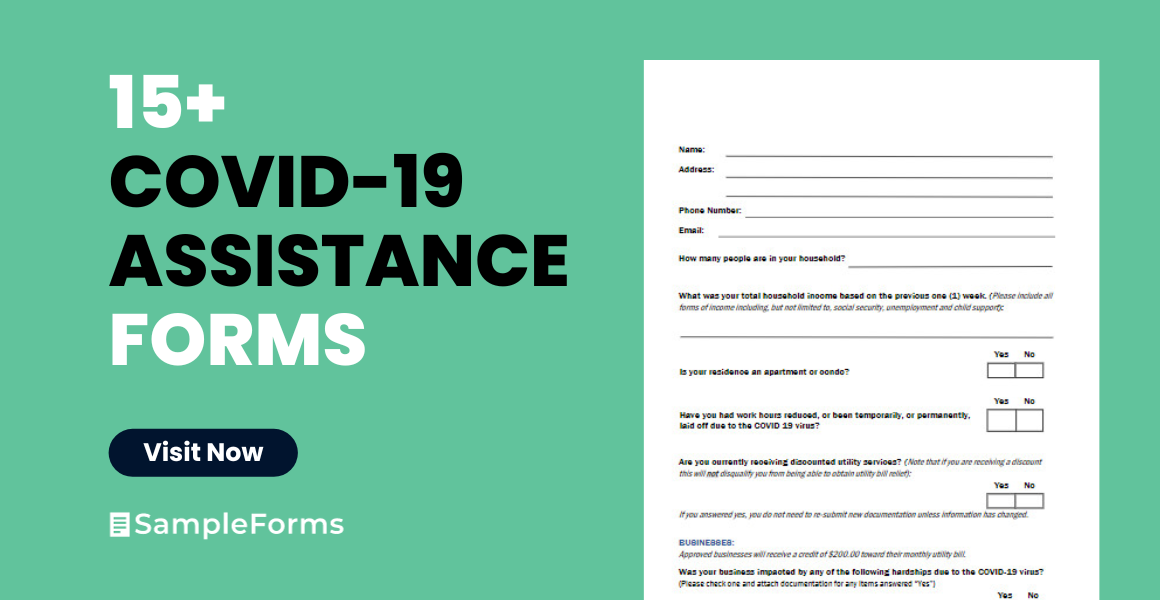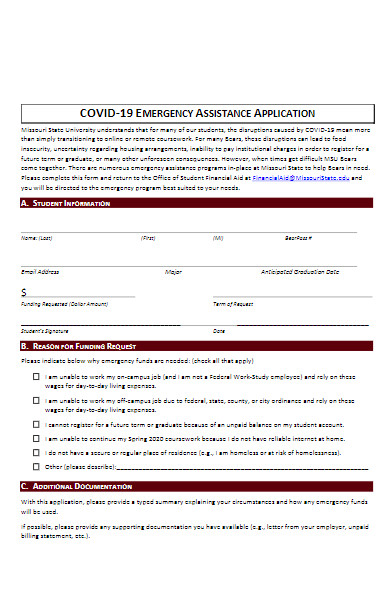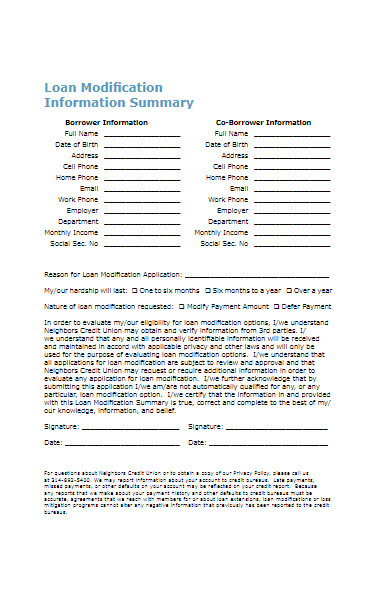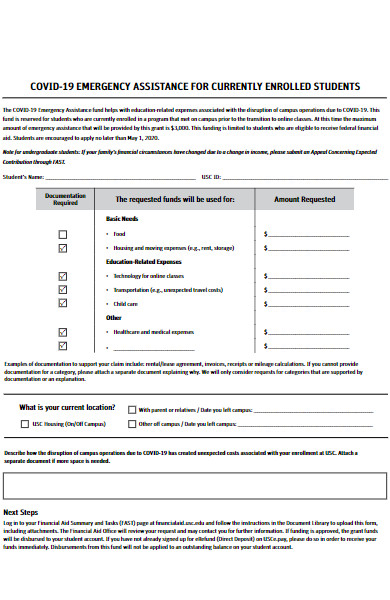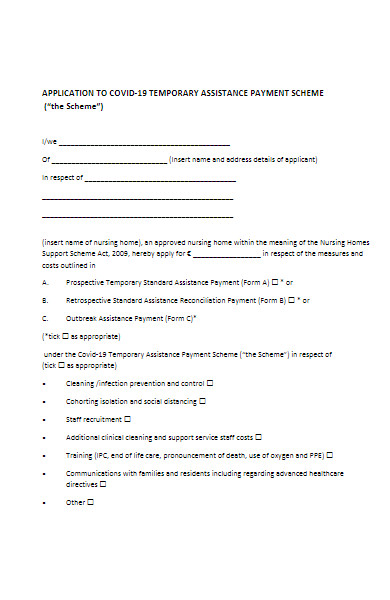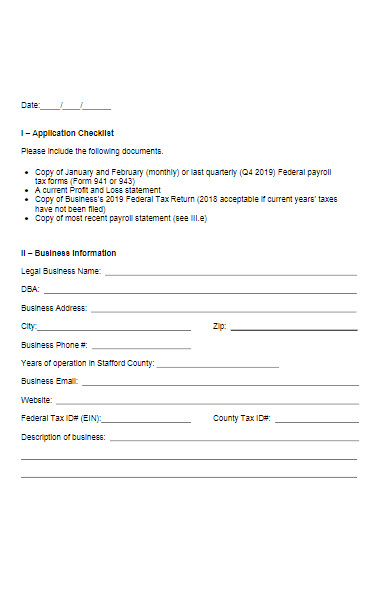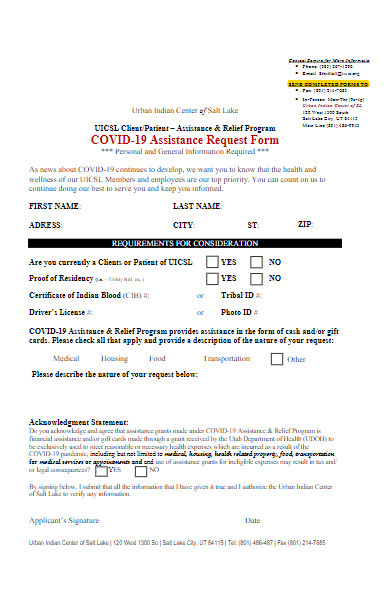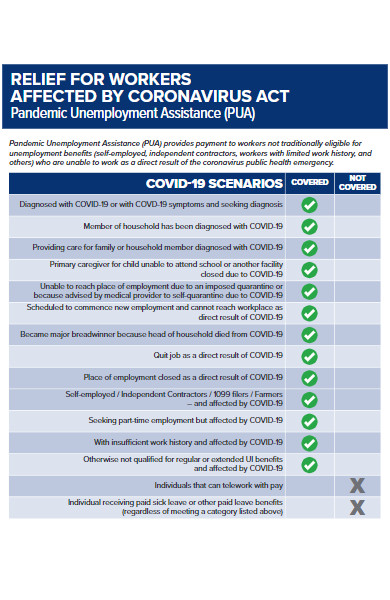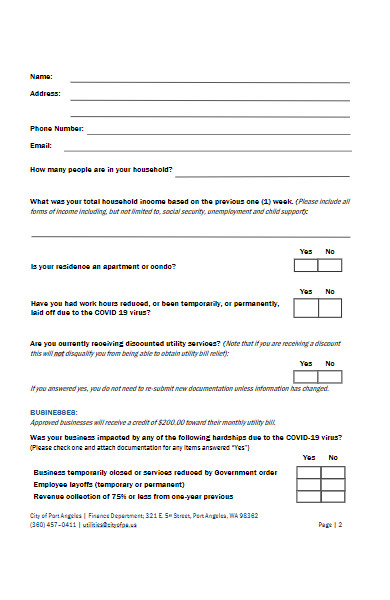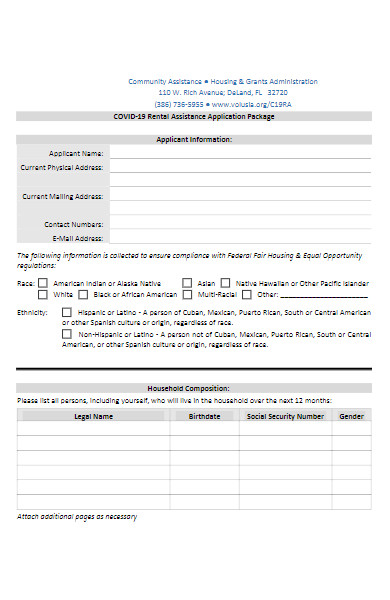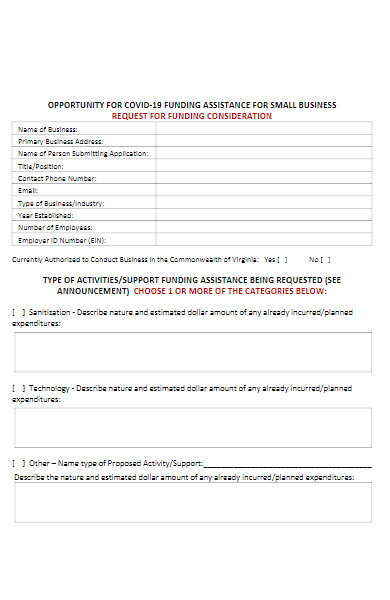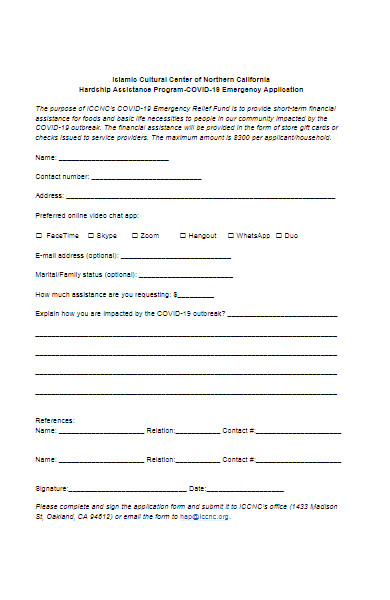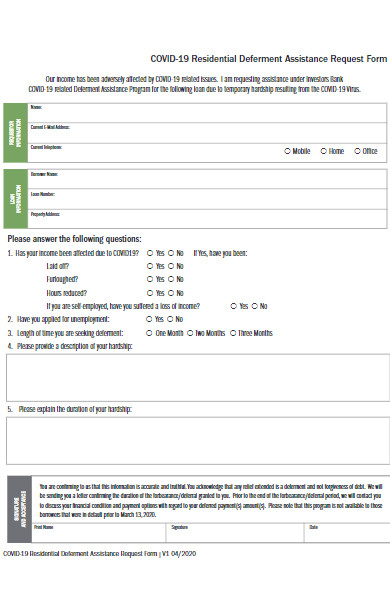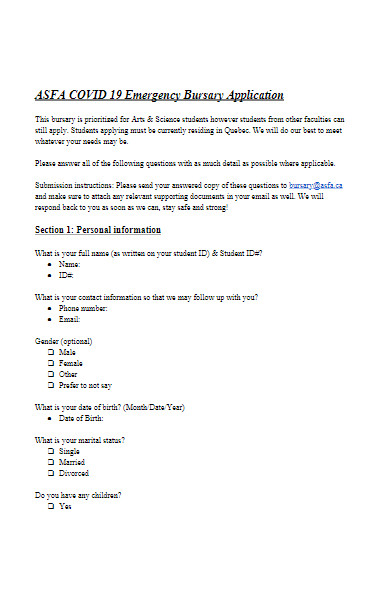In times of unprecedented challenge, the COVID-19 Assistance Form emerges as a beacon for those seeking help. Serving as a bridge between individuals or businesses and essential relief programs, these printable forms navigate the complexities of pandemic-era aid. Varying in type based on the nature of assistance, they encompass diverse needs from financial aid to mental health support. As this guide dives deep into its structure and significance, it underscores the vital role such forms play in our interconnected world.
What is a COVID-19 Assistance Form ? – Definition
A COVID-19 Assistance Form is a structured document or electronic submission tool designed to facilitate requests, registrations, or applications related to aid during the COVID-19 pandemic. It aims to gather pertinent information from individuals, businesses, or organizations to determine their eligibility for various relief programs, resources, or services. These fillable form can pertain to financial relief, healthcare services, mental health support, food assistance, or other critical needs arising due to the pandemic’s challenges.
What is the Meaning of a COVID-19 Assistance Form?
The COVID-19 Assistance Form represents a critical communication tool during the pandemic, acting as a gateway to access vital support. It signifies a structured way for affected parties to convey their needs and for authorities or organizations to assess and allocate resources effectively. Essentially, it embodies the collective effort to combat the adversities of the pandemic, ensuring that relief reaches the most vulnerable. The form not only provides monetary or material aid but also encompasses broader assistance like healthcare, counseling, and other support services, aiming to holistically address the multifaceted challenges brought about by COVID-19.
What is the Best Sample COVID-19 Assistance Form?
The best COVID-19 Assistance Form may vary depending on the specific needs of a community or organization. However, an effective form should be comprehensive yet user-friendly. Here’s a sample template:
Personal Details:
- Full Name: ___________________________
- Date of Birth: //_____
- Address: ___________________________
- Contact Number: ____________________
- Email Address: ____________________
Assistance Required (check all that apply):
- Financial Aid
- Food and Essential Supplies
- Medical Assistance
- Mental Health Counseling
- Housing/Shelter
- Employment Opportunities
Current Employment Status:
- Employed
- Unemployed due to COVID-19
- Furloughed
- Other: _______________
Health Information:
- Have you tested positive for COVID-19?
- Yes
- No
- Are you in a high-risk category (e.g., elderly, pre-existing conditions)?
- Yes
- No
Describe the type of assistance needed (if not listed above):
Do you have dependents requiring assistance?
- Yes
- No
If yes, please provide details:
- Number of dependents: ______
- Ages: ________________
Any additional information or notes:
Declaration: I hereby declare that all the information provided is true and accurate to the best of my knowledge.
Signature: ____________________ Date: //_____
This sample template provides a holistic view of an individual’s needs and can be tailored further based on the specific requirements of a community or organization. You also browse our Sample Patient Information Forms.
FREE 15+ COVID-19 Assistance Forms
What is the purpose of the COVID-19 Assistance Form?
The purpose of the COVID-19 Assistance Form is to facilitate the provision of aid or support to individuals, families, or entities adversely affected by the COVID-19 pandemic. These blank form typically serves as an application or a means to gather relevant information from applicants seeking financial aid, food assistance, housing relief, medical support, or other types of relief. The collected data helps authorities, non-profit organizations, or other entities assess the needs of the community, prioritize assistance, and ensure that resources are allocated effectively and efficiently to those in genuine need. Additionally, the form may be used to track and manage the distribution of aid and to maintain transparency and accountability in assistance programs.
How do I apply for assistance using the COVID-19 Assistance Form?
Applying for assistance using the COVID-19 Assistance Form involves several steps, which may vary depending on the specific program or organization offering the assistance. Here’s a general outline to guide you:
-
Locate the Form:
- Check the website or physical location of the organization, government body, or agency offering the assistance to access the form.
-
Read Instructions Carefully:
- Before filling out the form, go through any provided instructions or guidelines to ensure that you understand the requirements and process.
-
Gather Necessary Documents:
- The form may require supporting documentation, such as proof of income, employment status, medical records, or residency. Make sure you have these documents ready.
-
Complete the Form:
- Fill in all the required sections of the form. Be truthful and accurate in providing your information.
- Ensure you answer all questions, and if something doesn’t apply, indicate as instructed (e.g., “N/A” for “not applicable”).
-
Review:
- Double-check all the information to ensure there are no errors or omissions.
-
Attach Supporting Documents:
- Attach or upload any required documentation. Make sure they are clear, legible, and as per the specifications mentioned.
-
Submit the Form:
- Depending on the mode of submission (online or offline), either hit the submit button or mail/hand-deliver the form to the specified address.
-
Receive a Confirmation:
- If you’re applying online, you’ll likely receive a confirmation email or notification. For offline submissions, you might get a receipt or acknowledgment.
-
Wait for Assessment:
- Once submitted, your application will be assessed based on the criteria set by the assistance program. This may take some time, depending on the volume of applications and the review process.
-
Stay Updated:
- Some organizations might provide a way for you to check the status of your application online. If not, they may update you via email, phone, or mail.
-
Follow Up:
- If you don’t hear back within the expected time frame, consider reaching out to the organization to inquire about your application’s status.
-
Receive Assistance:
- If approved, follow the instructions provided to receive your assistance. This could be in the form of financial aid, goods, services, or other forms of relief.
Remember, each assistance program may have its unique steps and requirements, so always refer to the specific guidelines provided by the organization or agency offering the assistance.
What type of assistance can I request using this form?
The COVID-19 Assistance Form can cater to various types of relief and support depending on the organization, agency, or government body offering the assistance. The scope and nature of the assistance will differ based on the specific needs addressed by the program. Here are some common types of assistance you might request using a COVID-19 Assistance Form:
- Financial Assistance:
- Direct monetary aid for individuals or businesses impacted by the pandemic.
- Relief for rent, mortgages, or utility bills.
- Grants for small businesses.
- Medical Assistance:
- Support for medical bills or treatment costs related to COVID-19.
- Provision of PPE (personal protective equipment) or sanitization supplies.
- Food and Basic Supplies:
- Food distribution or vouchers for families in need.
- Provision of essential goods like toiletries, cleaning supplies, or baby products.
- Employment Support:
- Assistance for those who have lost jobs due to COVID-19, including unemployment benefits or job placement services.
- Training or re-skilling programs.
- Housing and Shelter Assistance:
- Temporary housing for those displaced.
- Assistance for those facing eviction or foreclosure.
- Mental Health Services:
- Counseling or therapy sessions for individuals dealing with the emotional and psychological impacts of the pandemic.
- Educational Support:
- Access to tools or resources for remote learning.
- Educational grants or scholarships for those affected by the pandemic.
- Transportation Assistance:
- Support for individuals who need transportation for essential services, medical appointments, or work.
- Special Populations:
- Programs tailored for specific groups, such as seniors, children, disabled individuals, or frontline workers.
- Vaccination and Testing:
- Assistance in accessing COVID-19 tests or vaccines.
It’s essential to read the specific COVID-19 Assistance Form and the program’s details carefully, as the type of assistance offered will vary. Not all forms or programs will offer all the mentioned assistance types, and some might provide other types of support not listed here. You should also take a look at our work from home forms.
Is the COVID-19 Assistance Form available in other languages?
The availability of the COVID-19 Assistance Form in multiple languages will largely depend on the organization, agency, or government body that provides it. Given the global impact of the pandemic and the diverse populations affected, many organizations have recognized the importance of offering essential forms in multiple languages to ensure accessibility and inclusivity. Here are some general considerations:
- Government Agencies: In countries or regions with a significant multilingual population, government agencies often provide essential forms, including COVID-19 Assistance Forms, in multiple languages. For example, in the United States, many government documents are available in both English and Spanish, among other languages.
- Local Organizations: Local nonprofits or community organizations may offer assistance forms in the primary languages spoken in their communities.
- Online Platforms: Some online platforms that host or provide access to these forms may have built-in translation features.
- Translation Services: If a particular form isn’t available in a needed language, individuals can seek assistance from translation services or community volunteers to help interpret and fill out the form.
- Requesting Translations: If an organization only provides a form in one language, individuals or community representatives can request that it be made available in other languages to cater to the diverse needs of the community.
To determine if the COVID-19 Assistance Form is available in other languages, one should check the official website or contact the issuing organization directly. It’s always beneficial to have important forms in multiple languages, especially in times of crisis, to ensure that everyone has equal access to essential resources and assistance. Our Medical Declaration Forms is also worth a look at
Can I apply for assistance for someone else using the COVID-19 Assistance Form?
Whether or not you can apply for assistance on behalf of someone else using the COVID-19 Assistance Form largely depends on the guidelines set by the issuing organization or agency. However, here are some general considerations:
- Permission and Documentation: Many agencies or organizations require that you have written permission or appropriate documentation (e.g., power of attorney) to apply on behalf of someone else. This is to ensure that the person’s rights are protected and to prevent potential fraud.
- Vulnerable Populations: There might be exceptions or special processes in place for individuals applying on behalf of vulnerable populations, such as the elderly, minors, or people with disabilities.
- Relationship to the Individual: Some forms may ask about your relationship to the individual for whom you are applying. This could be to understand the context better or to ensure the legitimacy of the application.
- Providing Accurate Information: If applying on behalf of someone else, it’s crucial to provide accurate and truthful information. Misrepresentation can lead to the denial of assistance and potential legal repercussions.
- Additional Documentation: Depending on the nature of the assistance and the individual’s circumstances, you might need to provide additional documentation or information related to the individual’s situation, health condition, financial status, etc.
- Notification: Some forms or systems might require that the individual being applied for is notified, even if someone else is filling out the application on their behalf.
If you’re considering applying on behalf of someone else, it’s recommended to review the blank form guidelines thoroughly and contact the issuing agency or organization for clarification. It’s essential to ensure that all steps are followed correctly to avoid delays or denials in assistance.
How will I know if my COVID-19 Assistance Form has been approved?
The process for notification regarding the status of a COVID-19 Assistance Form varies depending on the organization or government body handling the assistance. However, common methods and steps for notification include:
- Confirmation Email or Message: Upon submission of the form, many systems automatically send a confirmation email or message to the applicant, acknowledging receipt of the application.
- Status Check Online: Some organizations or agencies offer online portals where applicants can log in and check the status of their application in real-time.
- Direct Communication: You might receive a phone call, email, or letter from the agency or organization informing you of the decision regarding your application.
- Time Frame: Many organizations provide a timeline for when decisions will be made. This can range from a few days to several weeks, depending on the volume of applications and the complexity of the review process.
- Follow-up Documentation: If approved, you might receive follow-up documentation or instructions regarding the next steps, how to access the assistance, or any other relevant information.
- Points of Contact: It’s a good practice to keep a record of any contact persons or customer service numbers related to the assistance. If you haven’t heard back within the expected timeframe, you can reach out for an update.
- Possible Further Verification: In some cases, even after initial approval, you might be asked to provide additional information or documentation for further verification.
- Appeal Process: If your application is denied, many organizations or agencies offer an appeal process. You should be informed about why your application was denied and how to appeal if you disagree with the decision.
It’s essential to provide accurate contact information when filling out the form and to check your email (including spam folders) and voicemail regularly. If you have concerns or questions about your application’s status, don’t hesitate to reach out to the issuing body for clarification.
Do I need to provide any supporting documents with the COVID-19 Assistance Form?
Yes, often when applying for assistance, especially in the context of a situation as critical as the COVID-19 pandemic, you’ll need to provide supporting documents to verify your eligibility and the information you’ve provided on the form. While the exact requirements will depend on the specific assistance program and the organization or governmental body overseeing it, here are some common documents you might be asked to provide:
- Proof of Identity:
- Passport
- Driver’s license
- National or state ID
- Proof of Residency:
- Utility bill
- Lease agreement
- Mortgage statement
- Proof of Income:
- Recent pay stubs
- Tax returns
- W-2 or 1099 forms
- Bank statements
- Unemployment benefit statements
- Proof of Employment Status:
- Employment verification letter
- Unemployment benefits confirmation
- Termination or layoff notice
- Medical Documentation (if applying for medical-related assistance):
- Doctor’s notes or letters
- Medical bills
- Prescription records
- Proof of COVID-19 Impact:
- Statement or documentation illustrating how COVID-19 has affected your financial or personal situation. This could include evidence of job loss, reduced hours, medical expenses, or other hardships.
- Previous Assistance: If you’ve received COVID-19-related assistance before, some programs might ask for details or documentation about that aid to prevent duplication of benefits.
- Dependent Information: If you’re applying for assistance that includes dependents (like children), you might need birth certificates, custody agreements, or other relevant documentation.
- Other Relevant Documents: Depending on the nature of the assistance, there might be other specific documents required. For example, if you’re seeking assistance for a small business, you might need to provide business licenses, payroll records, or other business-related documents.
When filling out a COVID-19 Assistance Form, it’s crucial to carefully review the documentation requirements specified by the issuing agency or organization. Providing complete and accurate documentation can expedite the processing of your application and increase the chances of approval. If you’re unsure about a requirement, it’s always a good idea to reach out to the issuing body for clarification. In addition, you should review our travel claim forms.
How to Create a COVID-19 Assistance Form?
Creating a COVID-19 Assistance Form requires careful consideration of the information needed to assess an individual’s or entity’s eligibility and the specific type of assistance required. Here’s a step-by-step guide to help you develop one:
1. Define the Purpose: Before starting, have a clear understanding of the kind of assistance being provided—financial, medical, housing, food, etc. This will dictate the questions and format of the form.
2. Choose a Platform: For digital forms, consider using platforms like Google Forms, Microsoft Forms, JotForm, or more advanced tools like SurveyMonkey or Typeform. For paper-based forms, use software like Microsoft Word or Adobe InDesign.
3. Start with Basic Personal Details:
- Full Name
- Date of Birth
- Gender
- Address
- Contact Number
- Email Address
4. Establish Residency and Identity:
- Proof of residency (address details, lived duration)
- Identification type (passport, driver’s license, etc.)
- Identification number
5. Inquire about Employment and Income:
- Current employment status
- Employer details (if employed)
- Monthly or yearly income
- Details of lost income due to COVID-19
6. Specify COVID-19 Impact: Ask questions that help understand how the individual/entity has been impacted.
- Have you or any family members been diagnosed with COVID-19?
- Have you lost employment or faced reduced hours because of the pandemic?
- Are there any other financial or health impacts faced?
7. Details about Assistance Needed:
- Type of assistance needed (financial, medical, food, etc.)
- Amount or specifics of the assistance required (if financial)
- Preferred method of assistance delivery (e.g., bank transfer, physical supplies)
8. Supporting Documents: List out and provide an option for applicants to upload or attach any supporting documents that are required (like medical reports, employment verification, etc.)
9. Confidentiality and Consent: Include a section where the applicant acknowledges the confidentiality of the information and provides consent for verification.
- A statement about how the information will be used and protected.
- A checkbox or signature field for the applicant to provide consent.
10. Submission Details:
- If digital, include a submit button.
- If paper-based, provide instructions on where and how to submit the form—mailing address, drop-off location, etc.
11. Review and Feedback: Before making the form live or distributing it, have a few individuals review it to ensure clarity and comprehensiveness. Based on feedback, make necessary revisions.
12. Make the Form Accessible: Ensure that the form is accessible to everyone, including those with disabilities. Online platforms usually have accessibility features that you can enable.
13. Distribution: Share the form on relevant platforms, such as official websites, social media, and through community outreach.
14. Continuous Updates: Regularly update the form based on changing needs, regulations, and feedback.
Tip: Always consult with legal or relevant authorities when creating forms related to assistance or relief efforts. They can provide guidance on necessary compliances, rights, and regulations.
Tips for creating an Effective COVID-19 Assistance Form
Creating an effective COVID-19 Assistance Form involves clarity, efficiency, and a user-friendly approach. Here are some key tips to ensure that your form is both comprehensive and approachable:
- Keep It Simple: Use plain language and avoid jargon. Make sure questions are straightforward and easy to understand.
- Logical Flow: Arrange questions in a logical sequence, starting from basic personal details to more specific details about the assistance needed.
- Use Conditional Logic: If using an online form, incorporate conditional logic. This means subsequent questions can be based on previous answers, keeping the form relevant to each applicant.
- Provide Clarity on Mandatory Fields: Clearly indicate which fields are mandatory and which are optional.
- Mobile Friendly: Ensure that the form is easily accessible and usable on mobile devices.
- Privacy is Key: Assure applicants that their information is secure. Use encrypted platforms for digital forms and secure methods for paper form submissions.
- Include a FAQ Section: Address common queries about the form, the process, eligibility, or any other related topic to minimize confusion.
- Embed Guidelines: Offer tooltips or help icons next to questions to provide clarity or examples of the expected answers.
- Multi-language Support: If your community or target audience is linguistically diverse, offer the form in multiple languages.
- Enable Save and Resume: For lengthier forms, allow users to save their progress and return to complete the form later.
- Clear Call to Action: If it’s a digital form, make sure the submission button is evident. If paper-based, clearly state where and how to submit.
- Acknowledgment: After submission, send an acknowledgment receipt to the applicant. This can be an automatic email or a confirmation message.
- Feedback Loop: Allow users to give feedback on the form. Their insights can be invaluable for making the form more efficient.
- Continuous Updates: Regularly review the form, and make necessary updates based on changing conditions or feedback.
- Accessibility: Ensure the form is accessible for everyone, including those with disabilities. This may involve larger fonts, voice-over capabilities, or alternative formats.
- Provide Contact Details: Always provide a point of contact for queries related to the form, whether it’s an email, phone number, or a chatbot.
- Be Transparent: Clearly state the evaluation process post submission, expected waiting time, and how applicants will be informed of the status of their application.
Creating an effective COVID-19 Assistance Form involves a balance between collecting the necessary information and ensuring the user experience is smooth. Remember, during times of crisis, simplicity and clarity can greatly reduce stress for applicants.
The COVID-19 Assistance Form is a vital tool designed to facilitate aid during the pandemic. Serving as a bridge between individuals in need and support mechanisms, it covers various types of assistance. Its creation involves precision, clarity, and user-centricity. As the pandemic has emphasized the importance of efficient communication and support systems, this form stands pivotal in crisis management. You may also be interested to browse through our other Patient Declaration Form and travel authorization form.
Related Posts Here
-
FREE 12+ Sample Bill of Sales in PDF | Excel | MS Word
-
Contract Addendum Form
-
FREE 37+ Sample Claim Forms in PDF | Excel | MS Word
-
Report Form
-
FREE 49+ Budget Forms in PDF | MS Word | Excel
-
Profile Form
-
Menu Form
-
Event Planner Form
-
FREE 16+ Ticket Order Forms in PDF | MS Word | Excel
-
Employee Dress Code Policy Form
-
Rental History Form
-
Advertising Contract Form
-
Service Agreement Form
-
Income Statement Form
-
Accident Statement Form
